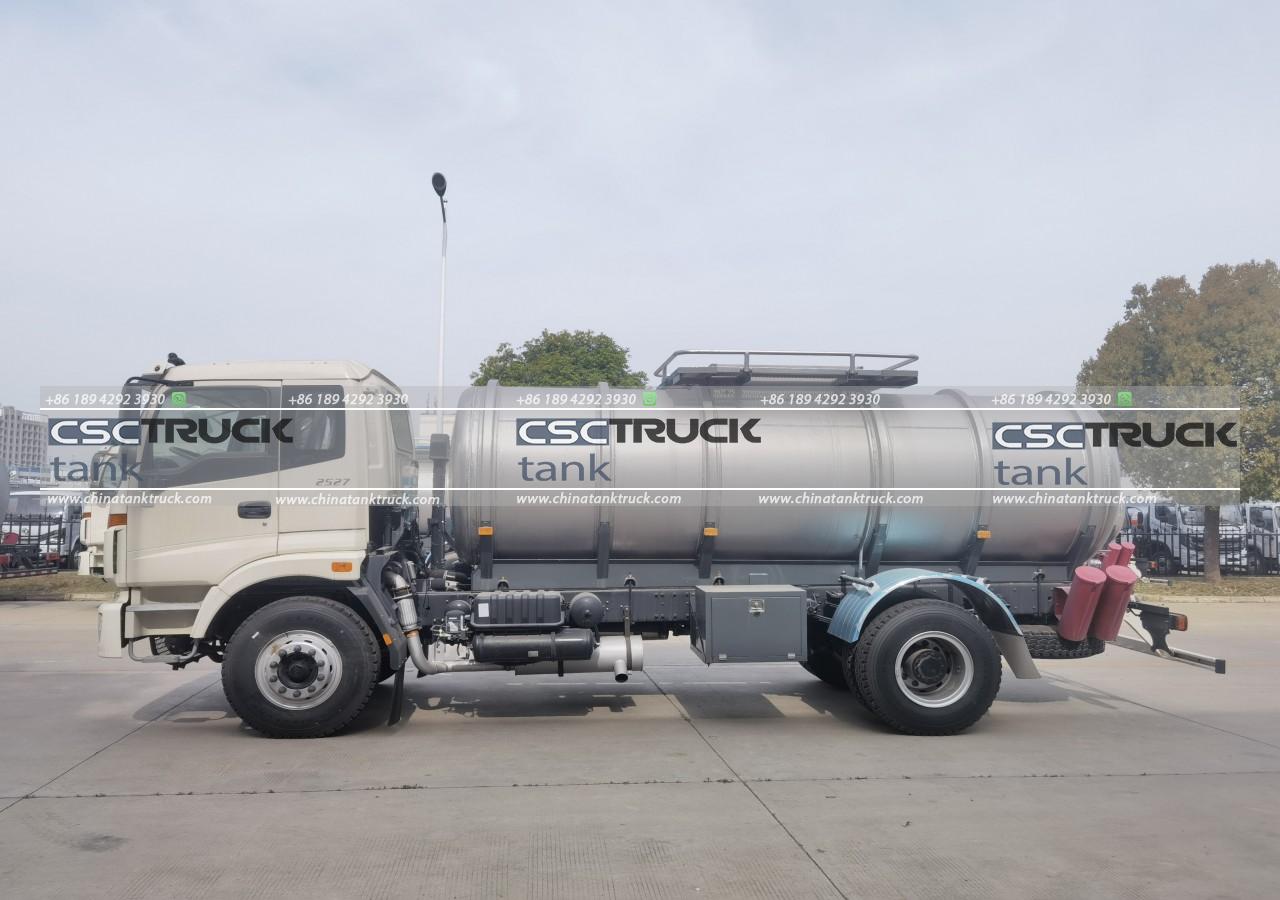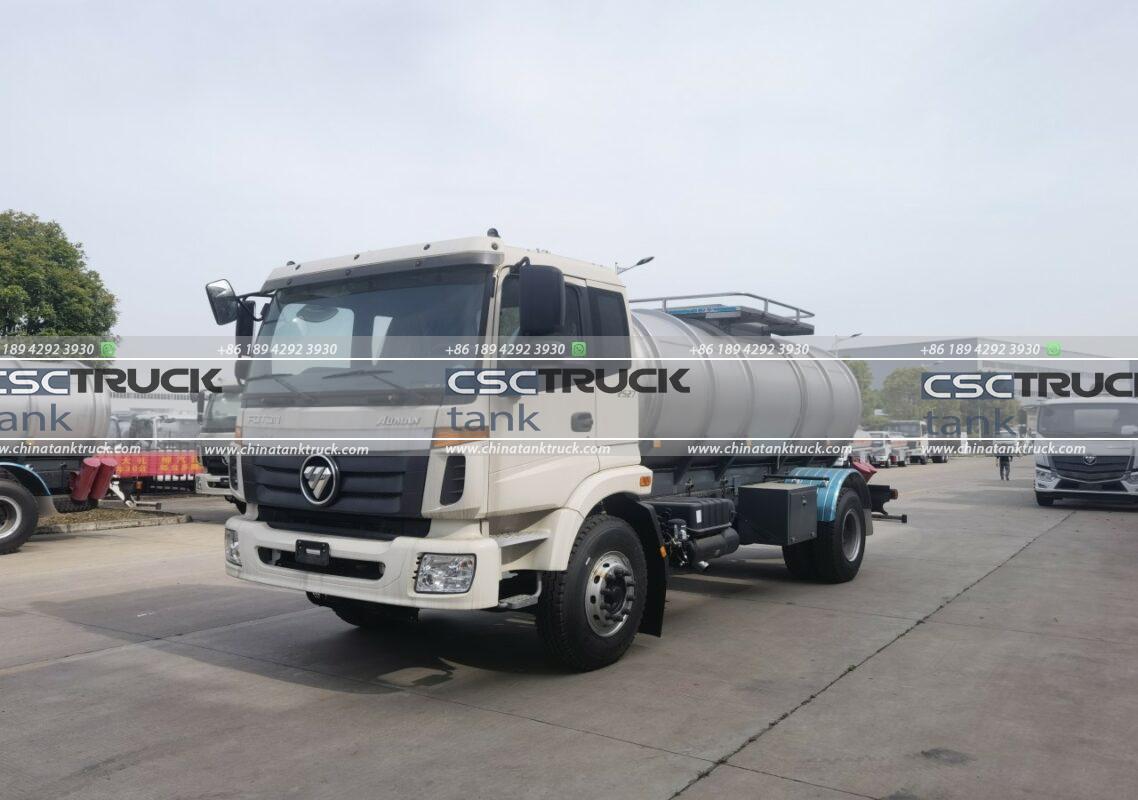How to Fill a Water Truck: A Comprehensive Guide
Water trucks are essential in various industries, including construction, mining, agriculture, and firefighting. Used for tasks such as dust control, soil compaction, and fire suppression, these vehicles need to be filled and refilled efficiently to ensure continuous operation. This article provides a detailed guide on how to fill a water truck safely and effectively, covering the process, equipment, safety precautions, and tips for efficiency.
Understanding Water Trucks and Their Components
Before delving into the filling process, it’s important to understand the basic components of a water truck. Typically, water trucks consist of:
1. Tank: The main water storage unit, with capacities ranging from a few hundred to several thousand gallons.
2. Pump: Responsible for drawing and distributing water from the tank.
3. Hose Reels: Hoses connected to the pump, allowing for water discharge.
4. Nozzles and Spray Bars: Used for water application, such as spraying water evenly over the ground for dust control.
5. Filling Port: The opening where water is pumped or filled into the tank, located on the top or side of the tank.
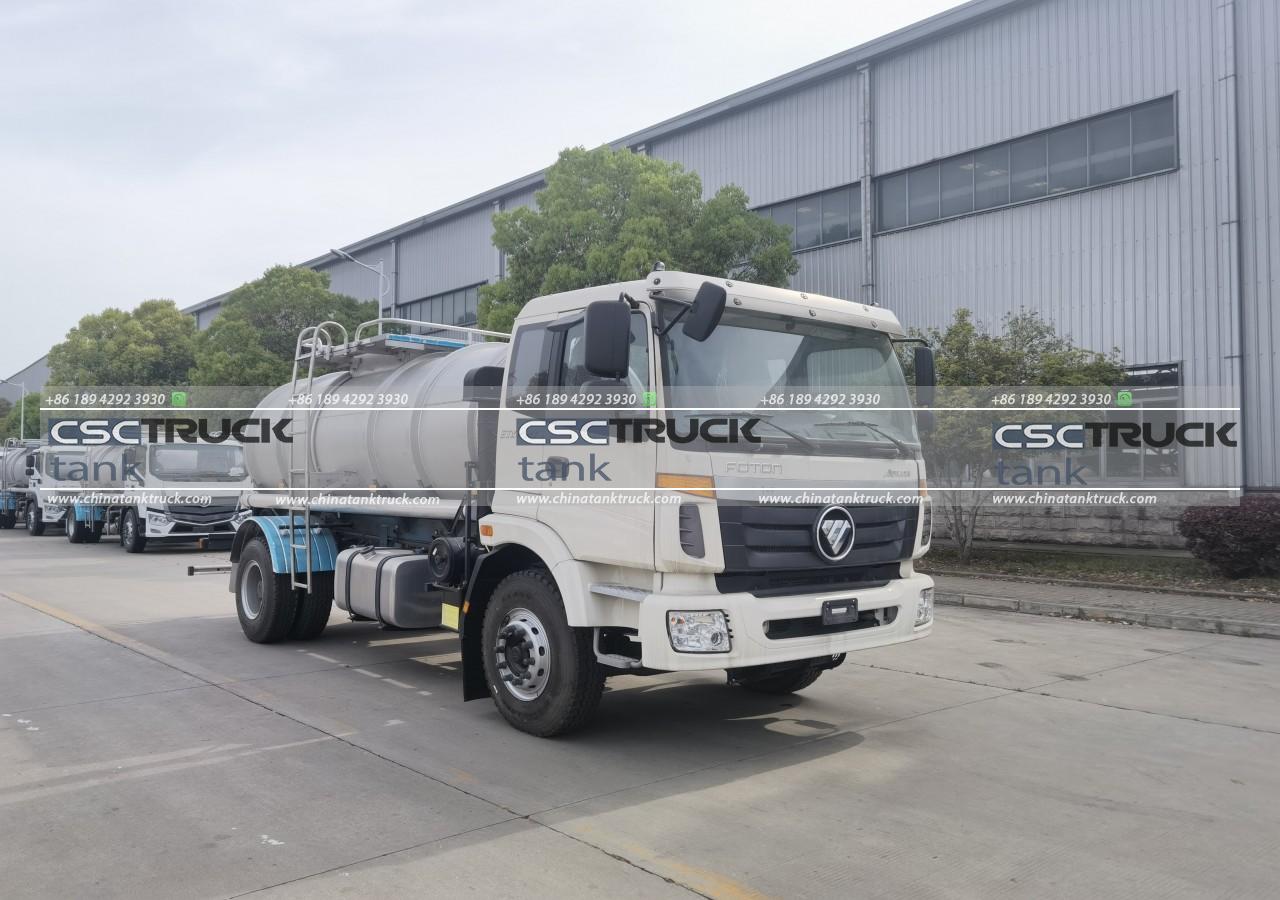
Methods for Filling a Water Truck
There are multiple ways to fill a water truck, depending on the water source available and the truck’s design. Below are the most common methods.
1. Filling from a Fire Hydrant
Filling from a fire hydrant is one of the fastest methods, especially when high water volume and pressure are needed.
1. Obtain Necessary Permits: In many areas, special permits are required to use a fire hydrant. Check with your local water authority for the correct procedures.
2. Connect a Hydrant Meter: Hydrant meters measure the amount of water used and control flow, helping to prevent overflows and waste. Attach it securely to the hydrant outlet.
3. Connect a Hose to the Hydrant Meter: Use a hose rated for high pressure. Ensure it has the right diameter to match both the hydrant and the truck’s filling port.
4. Slowly Open the Hydrant Valve: Open the valve slowly to prevent sudden water surges that could damage equipment or cause hose disconnections.
5. Monitor the Fill Level: Watch the tank’s level to avoid overflow. Once the tank is full, shut off the hydrant, close the valve, and carefully disconnect the hose.
6. Disconnect and Return Equipment: After filling, disconnect the hose and meter, ensuring you leave the hydrant in its original condition.
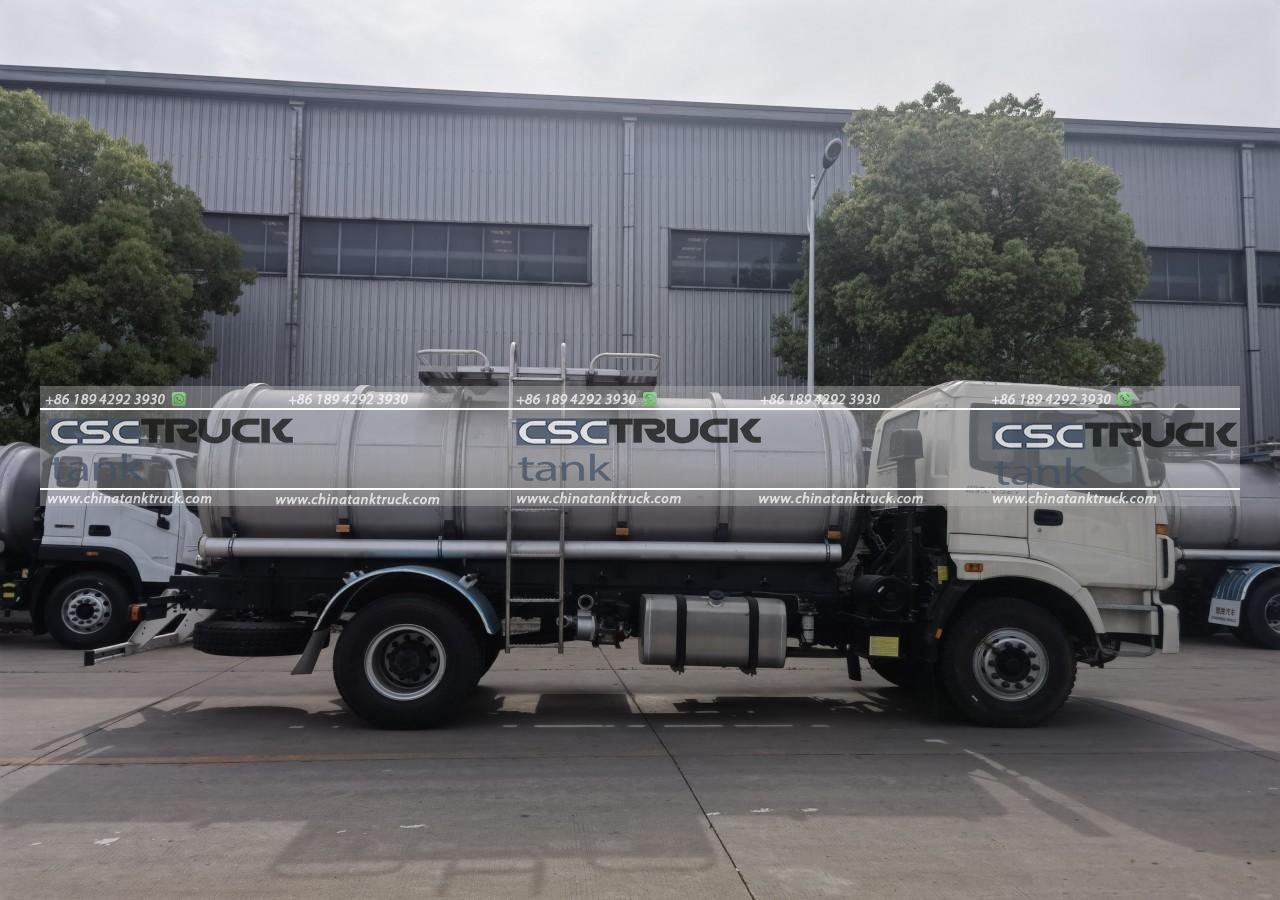
2. Using a Water Pump from a Pond, Lake, or Other Water Source
If a fire hydrant or pressurized source is unavailable, a natural water source and a pump can fill the truck’s tank.
1. Position the Truck Close to the Water Source: Place the truck on stable ground near the water source, ideally uphill, so the pump doesn’t have to work as hard to draw water.
2. Use a Suction Hose and Strainer: Attach a hose to the pump inlet, ensuring it’s fitted with a strainer to filter out debris and prevent clogging.
3. Prime the Pump (if Required): Some pumps need to be primed before operation, especially when they’re used for the first time or after long periods of inactivity.
4. Start the Pump and Monitor: Turn on the pump, and monitor both the pump’s operation and the water level in the truck’s tank to avoid overfilling.
5. Shut Down and Disconnect: Once the tank is filled, shut off the pump and disconnect the hose. Remove any debris that may have collected on the strainer.
3. Filling from a Municipal Water Source
Some companies or municipalities allow water trucks to fill directly from designated water fill stations.
1. Connect to the Filling Station Outlet: Use a hose designed for the station’s outlet specifications, ensuring it can handle municipal water pressure.
2. Follow Local Guidelines for Water Use: Many municipalities have protocols for water usage, especially in drought-prone areas. Be sure to adhere to these guidelines.
3. Monitor the Fill Level: Just like with any other method, keep an eye on the water level in the tank to avoid overflowing.
4. Disconnect the Hose and Secure the Station: Once the truck is filled, disconnect the hose and ensure the water station is properly secured.
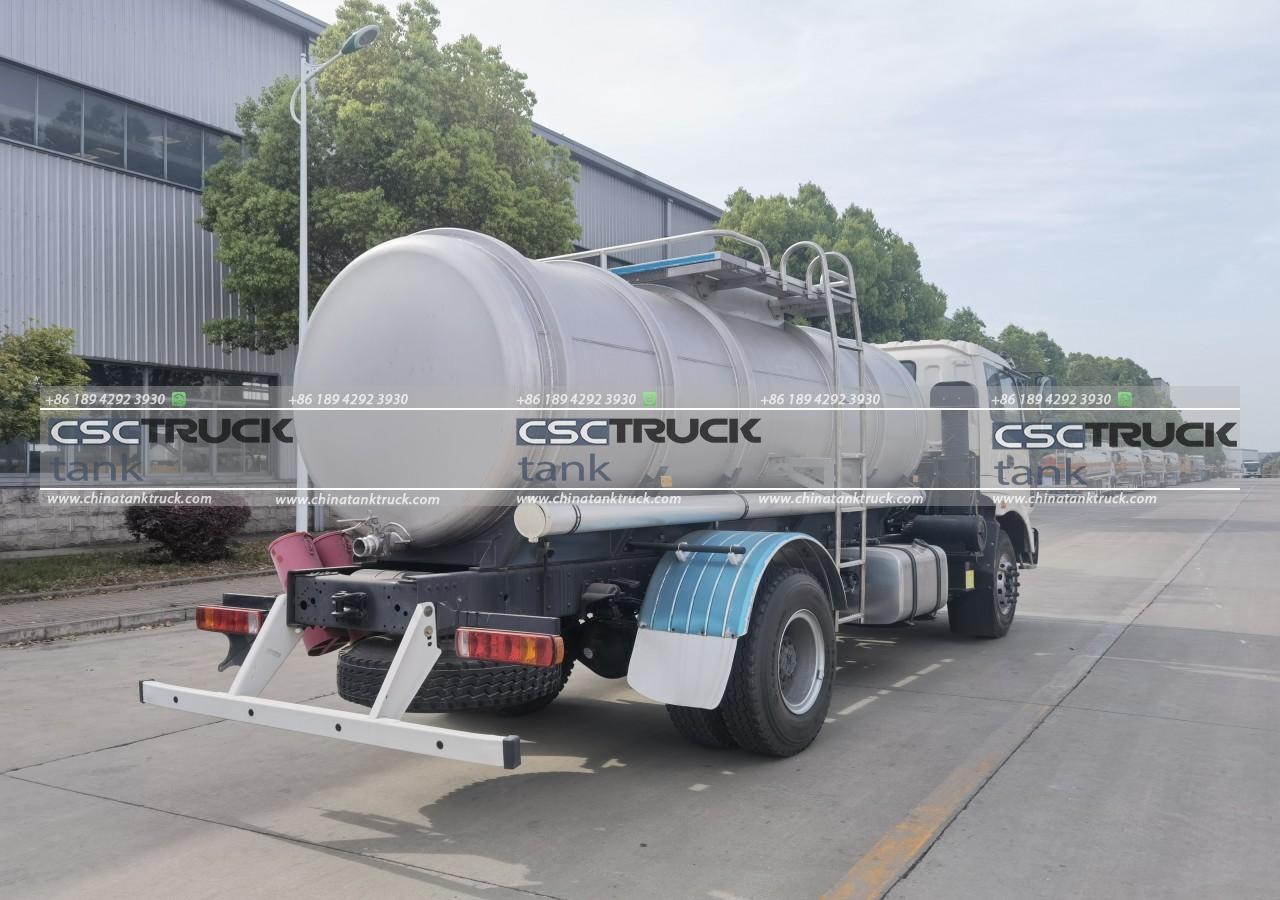
Important Safety Tips
Filling a water truck involves working with high-pressure water, heavy equipment, and potentially uneven terrain. Following safety protocols helps prevent injuries and equipment damage.
1. Wear Personal Protective Equipment (PPE)
Essential PPE includes gloves, safety goggles, and high-visibility clothing, especially if you’re working near roadways or construction sites.
2. Secure Connections Properly
Loose hoses or improperly fitted connections can lead to leaks or even disconnections, which may result in injuries. Double-check all attachments before starting.
3. Monitor Water Levels Carefully
Overfilling can cause water spillage, which is not only wasteful but can also lead to waterlogging and erosion on job sites.
4. Avoid Over-Pressurization
Opening a water source valve too quickly, such as a fire hydrant, can lead to over-pressurization, potentially causing hose blowouts or equipment damage. Gradually open valves and monitor pressure gauges if available.
5. Check for Obstructions in Natural Water Sources
When using natural water sources, check for any debris that could damage the pump or contaminate the truck’s tank.
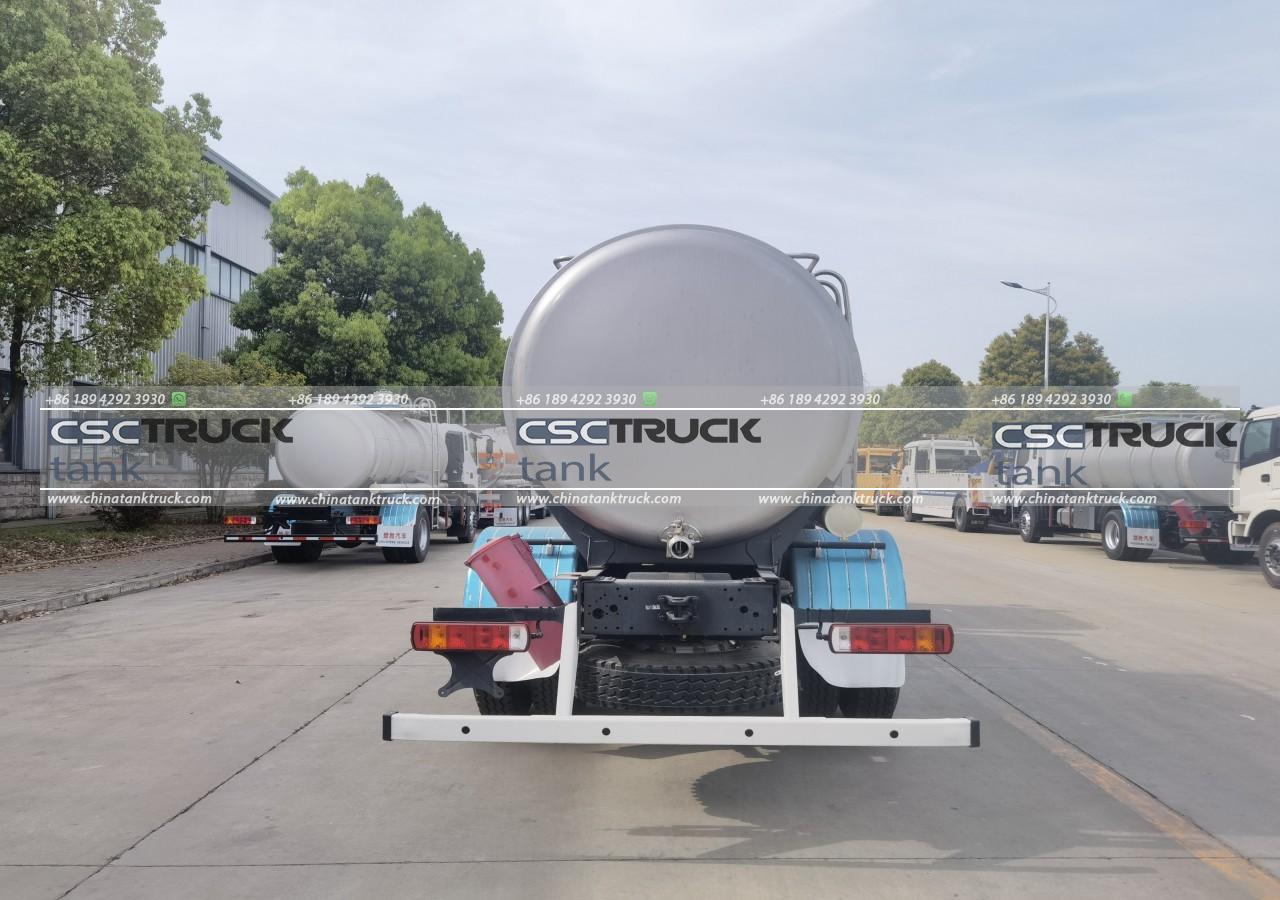
Increasing Efficiency in Water Truck Filling
Efficiency in filling water trucks is key to maximizing productivity on job sites. Here are a few tips to speed up the process while conserving resources.
1. Use High-Capacity Pumps
A pump with a higher gallon-per-minute (GPM) rating can reduce fill time. Make sure the pump is well-maintained to avoid breakdowns.
2. Optimize the Water Source Location
Positioning the water truck as close as possible to the water source can save time. For natural sources, look for a stable, elevated location if possible, as this will reduce the workload on the pump.
3. Minimize Idle Time
While filling, have other team members prepare the next task to minimize downtime once the truck is ready.
4. Install Gauges and Alarms
Water level gauges and overfill alarms on the tank can help operators monitor filling progress, reducing the risk of overflow and conserving water.
5. Regular Maintenance Checks
Regularly inspect pumps, hoses, and valves for wear and tear, which can reduce filling efficiency. Address any issues promptly to prevent delays on the job site.
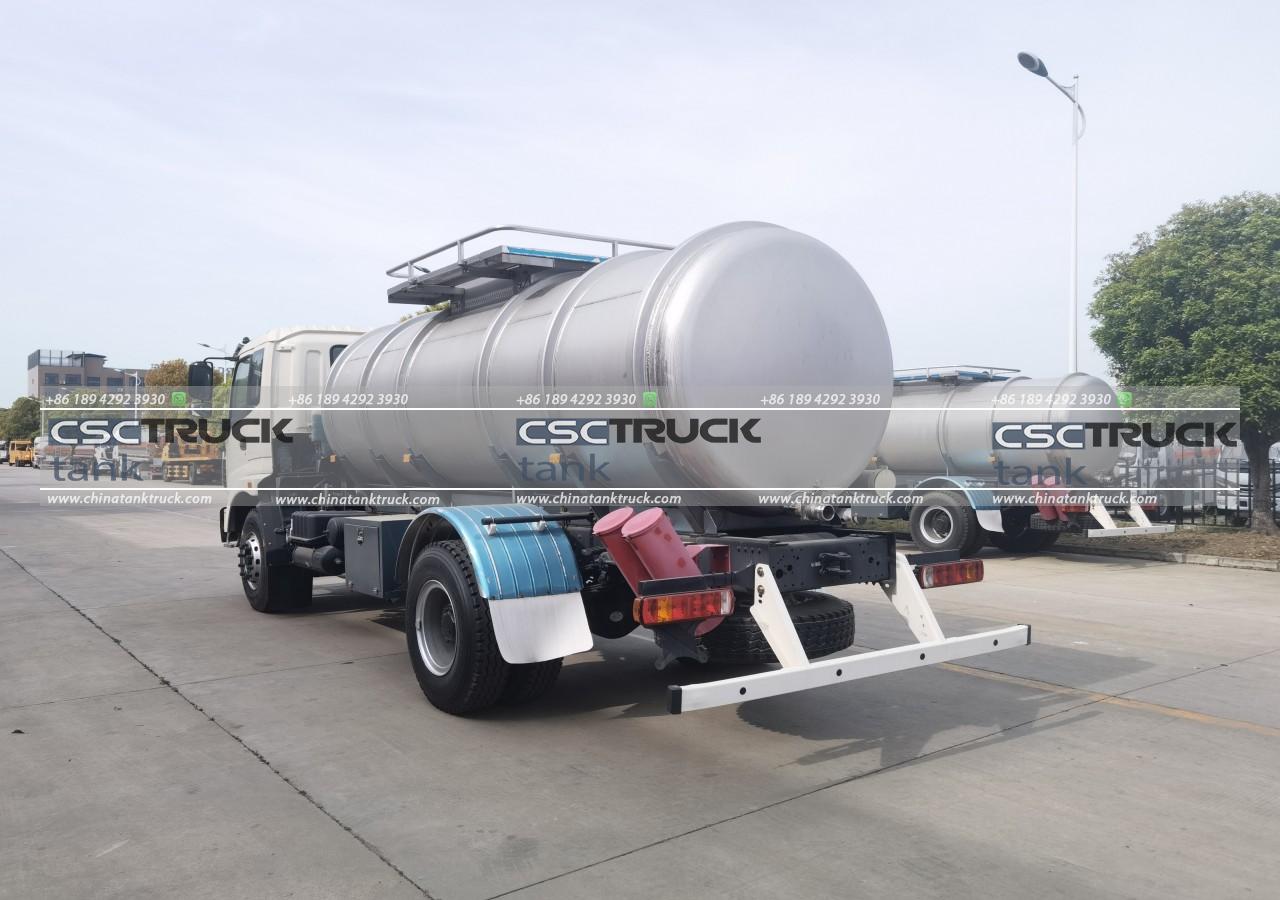
Troubleshooting Common Issues
Even with the best practices, problems can arise. Here are some common issues and how to troubleshoot them.
– Slow Filling Rate: Check the hose for kinks or blockages, and inspect the pump for clogs.
– Leakages: Ensure all connections are tight. If a hose leaks, repair it immediately or replace it if necessary.
– Pump Not Priming: Make sure the pump has enough water for priming. Check if any air pockets need to be released.
Conclusion
Filling a water truck may seem straightforward, but doing it efficiently and safely requires careful attention to the method, equipment, and safety protocols. Whether you’re filling from a fire hydrant, a natural water source, or a municipal filling station, following best practices ensures that your water truck is ready to serve its purpose effectively. Regular maintenance and adherence to safety measures will also extend the life of your equipment, reduce downtime, and promote a safe work environment.
